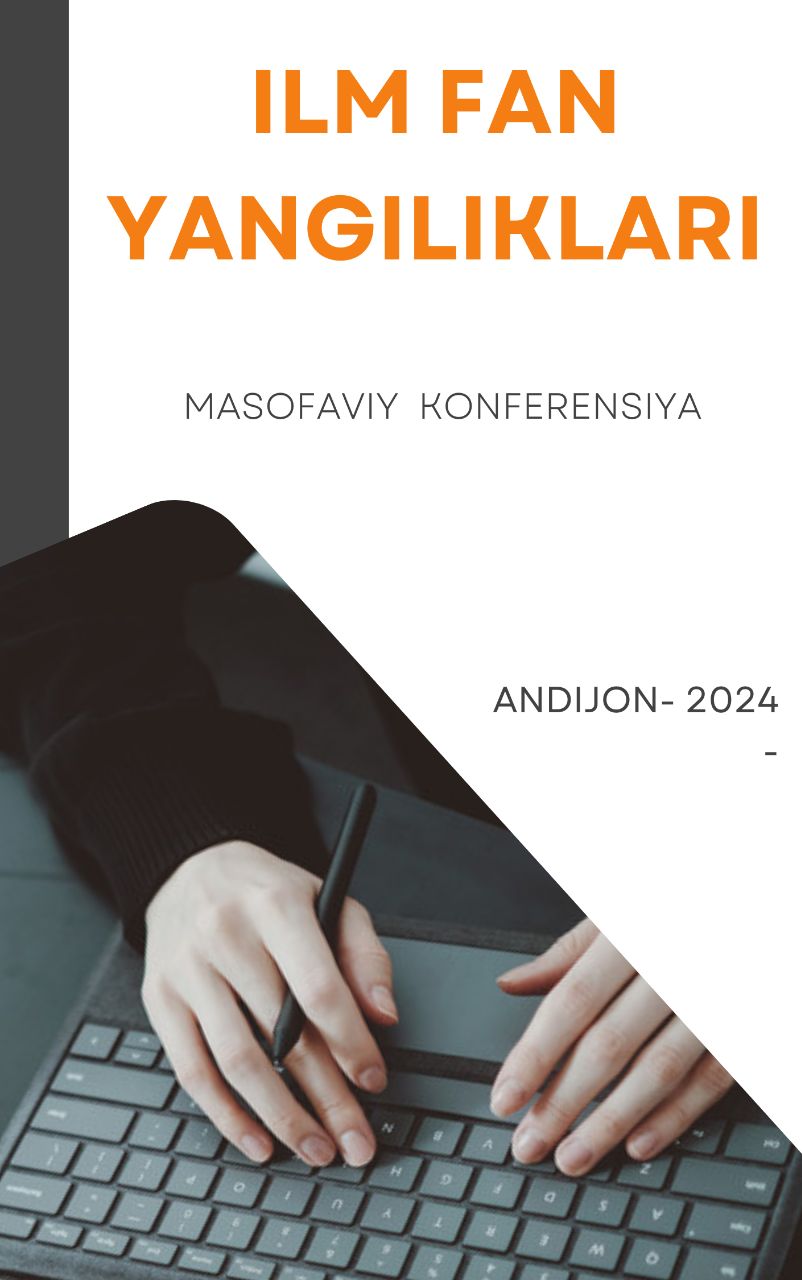STYLISTIC DEVICES AS CULTURAL MIRRORS: UNDERSTANDING LITERATURE'S CULTURAL MODELS
Keywords:
Stylistic Devices, Cultural Models, Literary Discourse, Cognitive Stylistics, Pragmatic Stylistics, Lexico-Semantic Devices, Syntactic Devices, Cultural Reflection, Social Norms, IdentityAbstract
This article explores the role of stylistic devices as cultural mirrors in literature, examining how these elements reflect and shape cultural models within literary texts. Drawing from various theoretical frameworks and empirical studies, the analysis highlights the cognitive and pragmatic approaches to understanding stylistic devices and their evolution over time. By investigating lexico-semantic, syntactic, and pragmatic stylistic devices, the study underscores their significance in conveying cultural values, social norms, and identity. The findings illuminate the intricate interplay between literature and culture, showcasing how stylistic devices function as powerful tools for cultural expression and communication.
References
Azmanova, N. (2016). Evolution of the Stylistic Devices through the Years. Intertext, 37(1-2), 263-270.
Easthope, A. (2003). Literary into cultural studies. Routledge.
Elena, M. (2019). Cognitive and pragmatic approach to using stylistic devices in English literary discourse. Training, language and culture, 3(1), 37-52.
Fägersten, K. B., & Bednarek, M. Stylistic Approaches to Pop Culture.
Ghani, L. A. A. I. (2016). A Cognitive Stylistic study of poetic discourse. Alustath Journal for Human and Social Sciences, 218(1), 17-34.
Qadha, A. M. H. (2019). The use of the concept of “Language Variation” as a stylistic device in Pygmalion: Toward a socio-stylistic approach. International Journal of English Linguistics, 9(5), 422-429.
Radyuk, A., & Nikogosyan, M. (2023). SYNTACTIC STYLISTIC DEVICES OF SPEECH MANIPULATION IN THE ENGLISH-LANGUAGE LIFESTYLE MEDIA DISCOURSE. Wisdom, (2 (26)), 185-196.
Terna, M. S. M., & Ajim, S. S. (2022). Lexico-Semantic and Pragmatic Stylistic Devices in Selected Tiv Novels. Ahyu: A Journal of Language and Literature, 5, 75-85.

